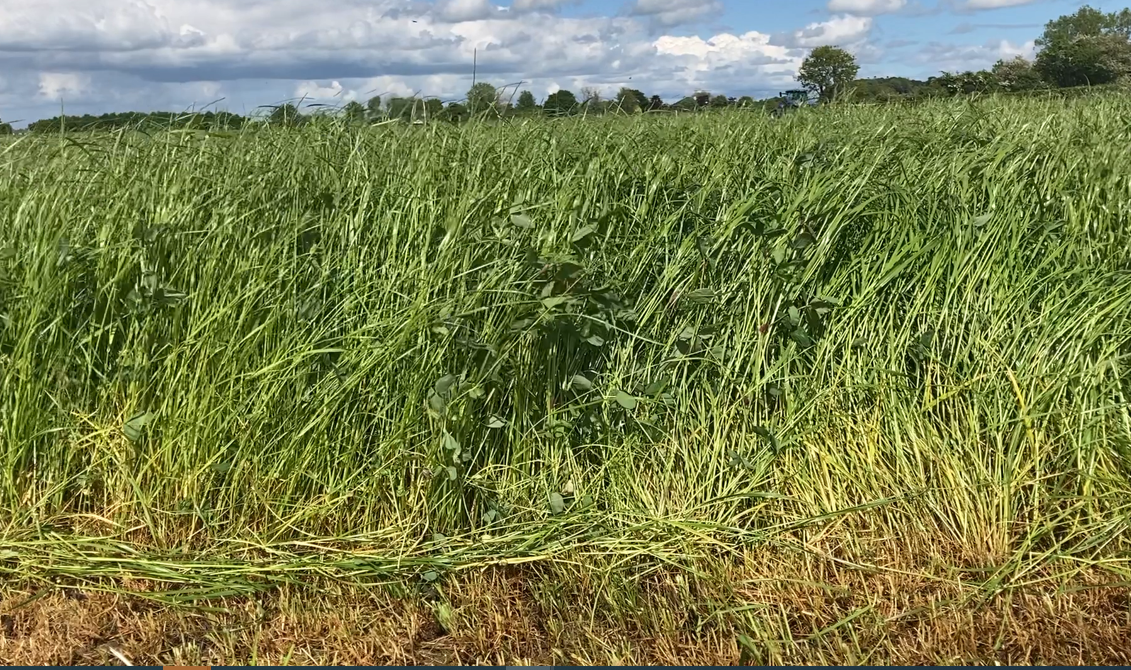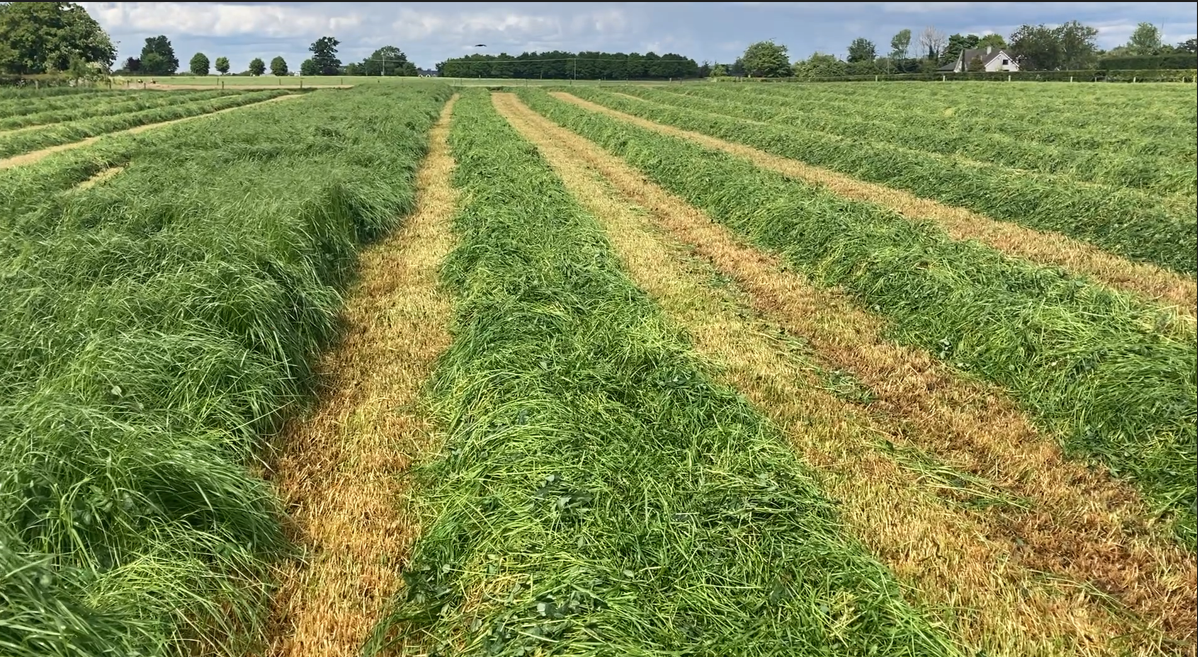Introduction to the challenge addressed
The low margins faced by beef farmers in many production systems limit their ability to source affordable alternative feeds. Farmers need low cost alternatives to concentrate feeds, without incurring high fertilizer costs to grow crops. While associated more with organic systems in the past, high feed and fertilizer costs have focused attention on red clover swards for silage production. Capable of delivering up to 12-16t/DM per hectare, crude protein levels of between 16% and 20%, and an annual Nitrogen fixation level of 150-200 kg/ha. such swards offer many benefits. From a beef production perspective specifically however, Irish research found another important benefit: the mean liveweight gain in beef cattle offered by grass silage, grass/white clover silage and red clover silage was highest for the red clover silage (0.59 kg/day, 0.83 kg/day and 1.04 kg/day respectively). This enables reduced input of concentrate feeds.
Description of the innovation
The crop is seen as more suited to cutting for silage than for grazing and it is therefore recommended for farmers who are targeting silage ground for reseeding.

Red clover mix crop standing in field

Red clover crop mowed for silage
The scheme to subsidise the cost of red clover silage mixtures was launched in 2022. It would have required consultation with farmers' cooperatives and agri-retailers as well as farmers groups, advisory services and seed suppliers to get the scheme underway.
Impact on the farm performance
This scheme reduces the costs, and thus risks, of growing red clover swards for farmers. Uptake of the scheme will help to reduce feed and fertiliser costs for farmers, improve production efficiency and enhance the environmental and economic sustainability of their production systems.
Success of the scheme depends on having sufficient volumes of seed available, cooperation of those selling the seeds to farmers, as well as appropriate farm advisory supports available on the ground. Negative past experiences such as a lack of persistence and associations with illness such as bloat have to be addressed early on through appropriate advisory supports. Support of the Minister of State for Agriculture, with responsibility for Land Use and Biodiversity, who was already familiar with organic farming practices, is likely to have been helpful.
Three main lessons can be learnt from this innovative practice:
- Working with established co-operative/agri-retailers enhances credibility of the scheme.
- Involvement of the advisory services reassures farmers
- Clearly documented trusted evidence of the benefits of red clover silage in terms of feed quality and quantity, and on animal production is likely to have been beneficial.
Impacts of the innovation are:
- This innovation can reduce animal feed costs by providing a high quality alternative to concentrate feed. In addition, it can enhance animal performance through greater liveweight gains.
- While grazing red clover is associated with bloat,the risk of bloat from red clover silage is negligible
- Red clover silage enhances liveweight gain, compared to white clover/grass or grass silage
- The nitrogen fixation capabilities of red clover means that red clover swards do not need high levels of mineral fertilizer.
Further information:
Author : Maeve Henchion - TEAGASC